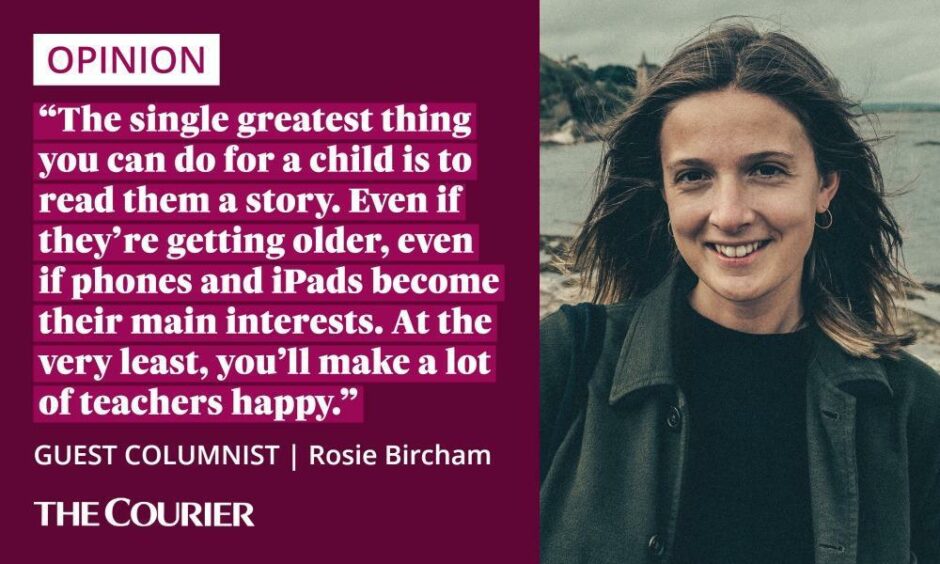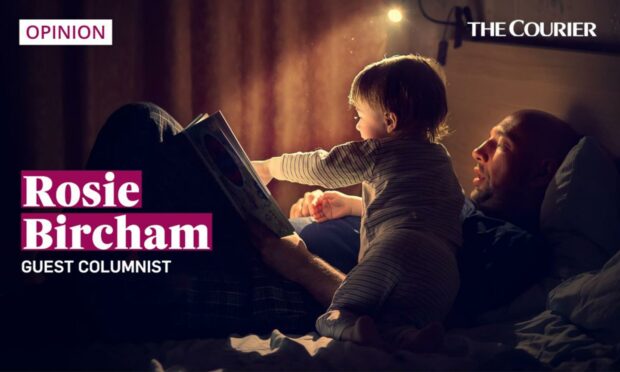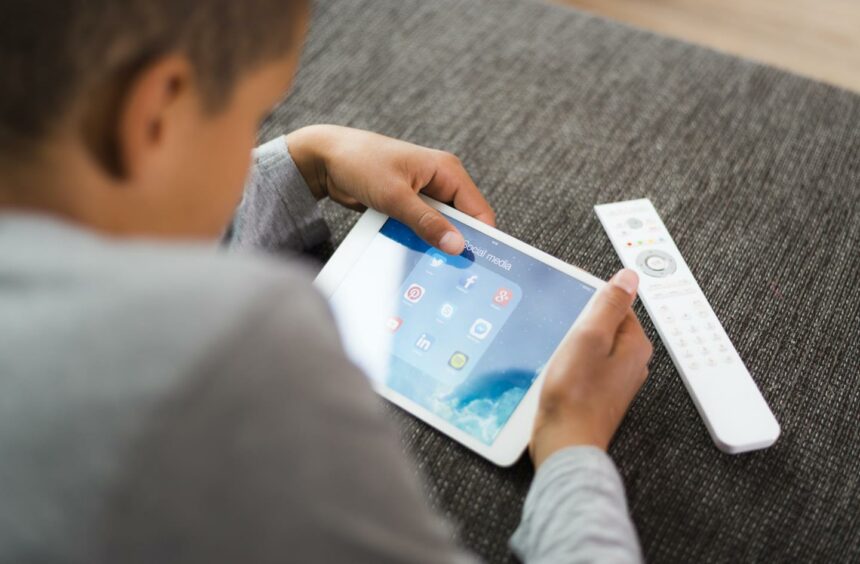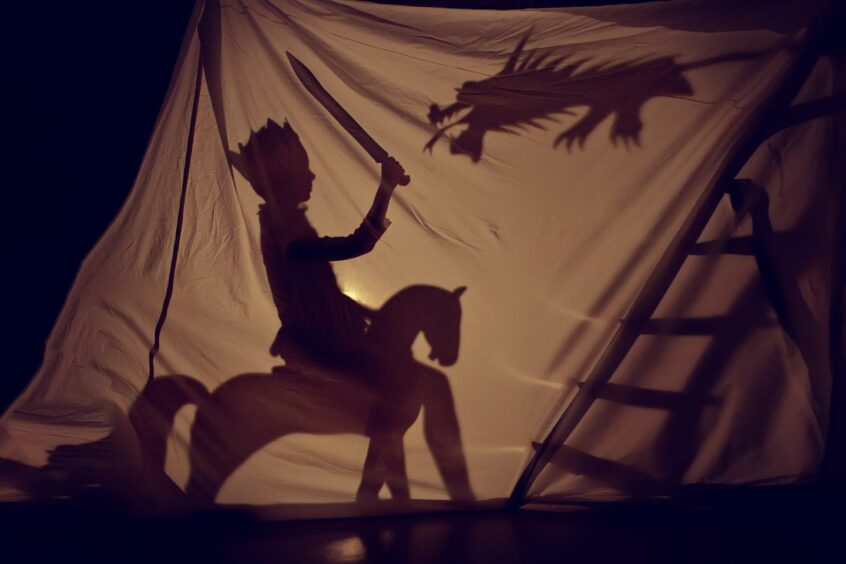I’m a secondary school teacher and I can’t count the number of times pupils have said ‘I don’t read’.
For some reason it’s always said quite smugly, as if it’s a lifestyle choice or a political leaning.
It’s as obtuse as proudly announcing you choose to eat a lard-only diet or have a daily routine of bashing your shins off your kitchen cupboards.
It feels like deliberately sabotaging your health while also celebrating the damage as a central core of your identity.
But, in reality, it’s probably not been a personal choice.
 Kids read less today, that’s just a fact.
Kids read less today, that’s just a fact.
And social media is often blamed.
If they’re always on their phones, they lose the ability to concentrate, to hold focus and, most pressingly, to imagine.
But these problems didn’t start when the first child downloaded TikTok.
Their young brains had already been hardwired against long-form content as early as in infancy – because they weren’t being read to.
Don’t rely on schools to take up the slack
The National Literacy Trust has reported a collapse in parents reading to children in recent years – particularly after they reach the age of five.
As an educator, I’m convinced that shorter attention spans and curtailed imagination in young people is directly related to this.
It’s a big question. When do you stop reading bedtime stories? When are kids expected to be left to read on their own?
At five years old, are you deemed to be too grown up to be read to, and expected to go it alone?
Five is a great age when it comes to reading. And a great age for parents to continue reading with their children.
Picture books begin to be phased out and replaced with chapter books.
And young minds can start to grapple with brand new concepts, such as arcing plots and character development, stretched across multiple reading sessions.
We can't wait to celebrate #WorldBookDay this Thursday! Keep an eye out for our storytelling sessions this week on the brilliant title I Do Not Eat the Colour Green, read by Lisa Clisset. Keep an eye on our Facebook page throughout the week!https://t.co/HANsousuJH pic.twitter.com/BVtWHrIghC
— Literacy Trust (@Literacy_Trust) February 28, 2022
Best of all, they have to wait and find out what will happen next, and that anticipation alone fires up the imagination with limitless worlds of whys and what-ifs.
Perhaps parents assume that school will take over the mantle.
And I do understand that retiring reading a bedtime story might reduce the length of an already hectic bedtime routine. But you can’t lean on schools so heavily to make up the slack.
Reading stories sparks imagination – for life
A class of 30 has such a spread of ability that it would be nearly impossible for a book to be tailored to one child.
On top of this, book reading fights for space amidst an already busy teaching day.
What begins to happen – slowly, steadily – is that the pupils who are still being read to at home start to steadily improve beyond the rest of their classmates in their understanding, vocabulary and creative skills.
If you stop reading to a child at five, you are almost certainly holding them back behind their peers, sometimes permanently.
Recently I was reading Of Mice And Men with a class of 14-year-olds.
I set the simple task: Describe Lennie’s appearance.
The response I got back from one student was “the book doesn’t have pictures, so how am I meant to describe him?”
Many students struggle with imagination, claiming to be bored while hearing a story, complaining that they have nothing to do.
It’s like their brains are rejecting the information coming in, they are almost incapable of maintaining focus.
They’re out of the habit of listening to stories.
Essential reading: your children – and teachers – will thank you
The end results are scary.
I’ve seen kids who weren’t read to become much less likely to read themselves.
They’re the ones with more limited vocabularies, getting lower grades than their reading peers.
The impact of the bedtime story is immeasurable, and its removal can be devastating.
Take it from a teacher: the single greatest thing you can do for a child is to read them a story.
Even if they’re getting older, even if phones and iPads become their main interests.
At the very least, you’ll make a lot of teachers happy.
And at best – speaking from years of observation – you’ll significantly improve their imaginations, attention span, scholastic achievement and ability to learn as they grow.
Rosie Bircham is a blogger and teacher living in the north east of Scotland.












